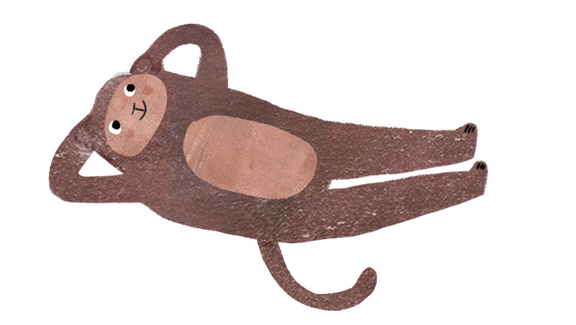The Negativity Bias is the phenomena by which humans give more psychological weight to a bad experience than a good experience. Some researchers assert that negative emotions have an impact close to 3 times stronger than positive emotions. Our brains are built with a greater sensitivity to unpleasant events or negative emotions. The negativity bias is completely automatic and served a strong evolutionary purpose, as being highly attuned to danger in the environment allowed humans to survive natural threats.
|
|
PEACEFUL KIDS
|
© Wellbeing For Kids Pty. Ltd. All rights reserved. Suite 159 179 Queens Parade Clifton Hill VIC 3068 Australia [email protected] |
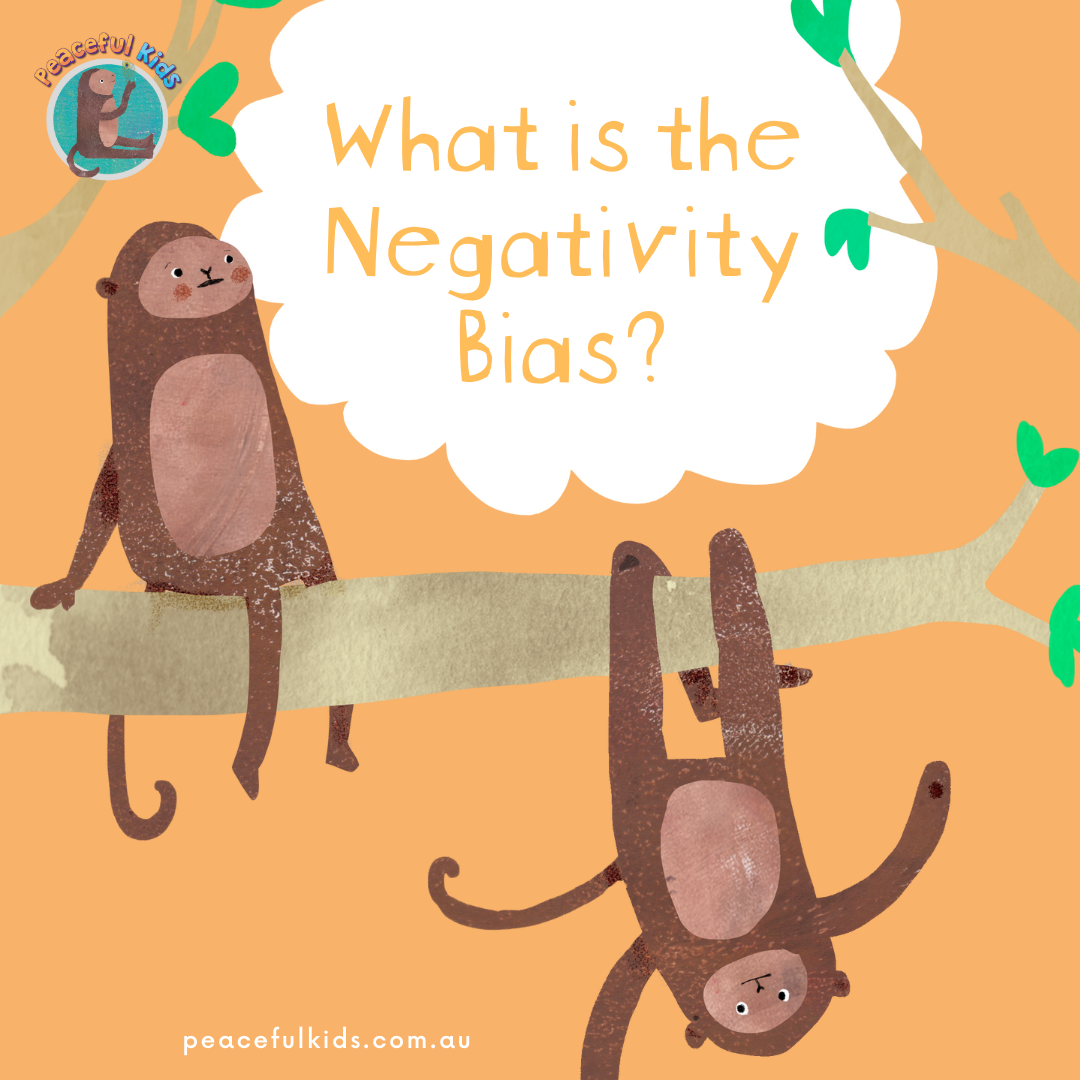

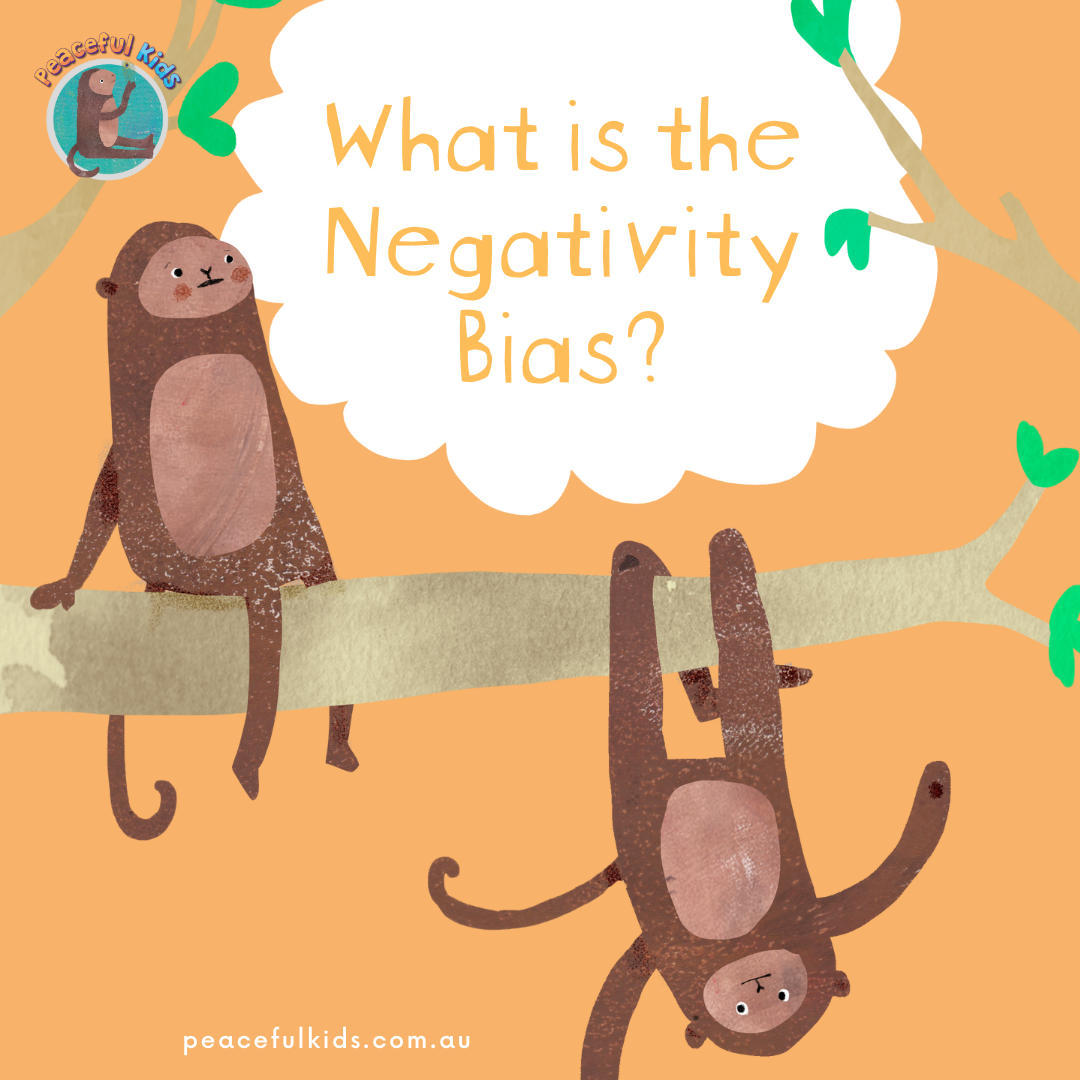
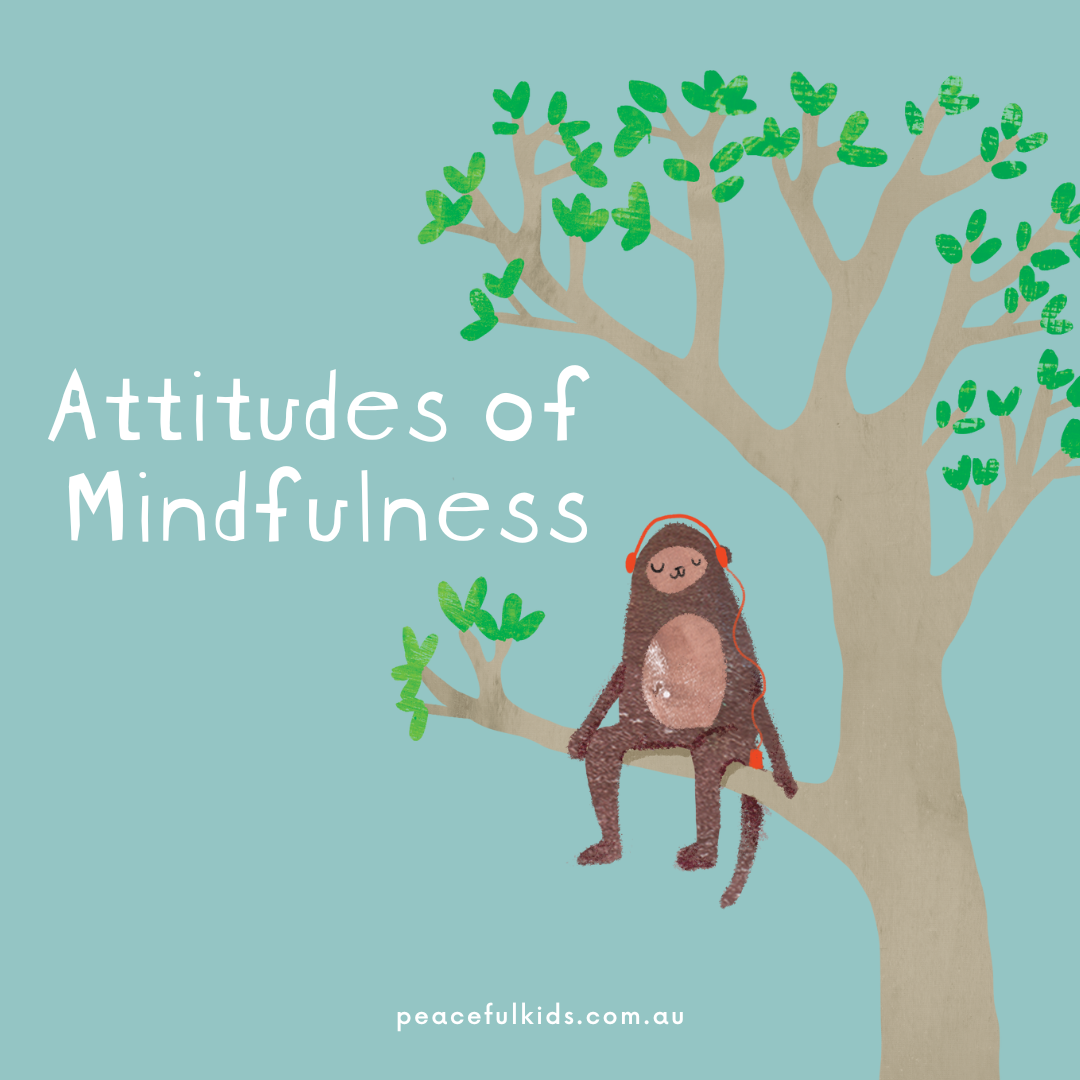
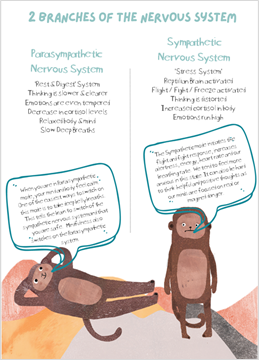
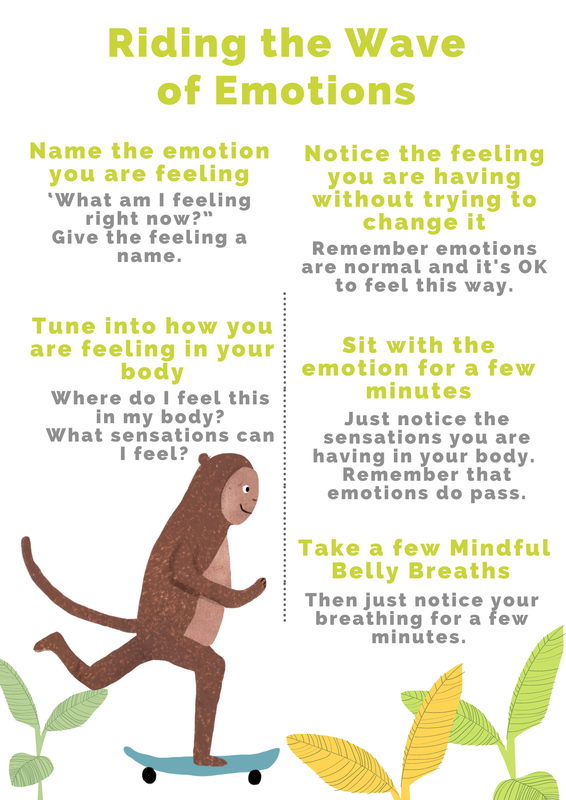
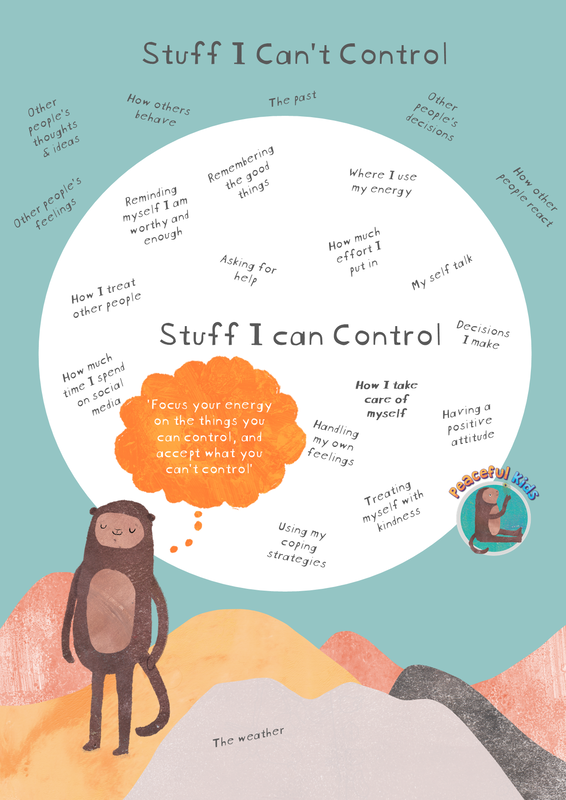
 RSS Feed
RSS Feed
